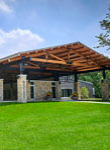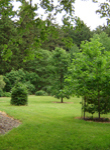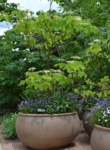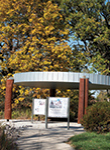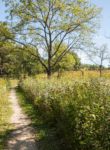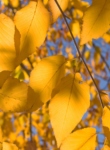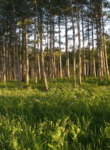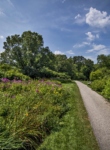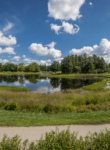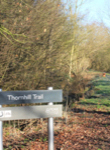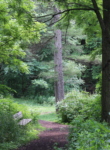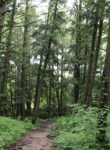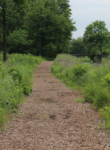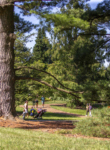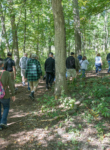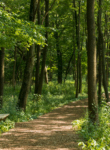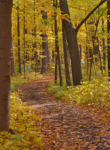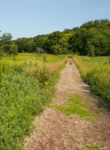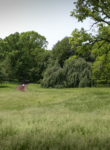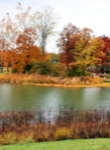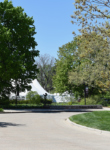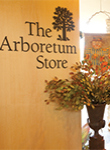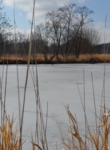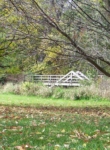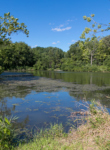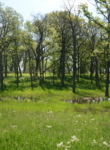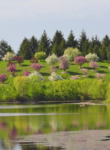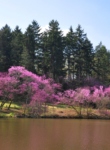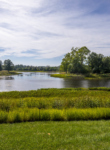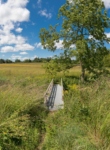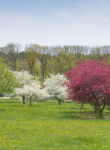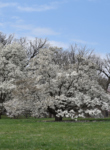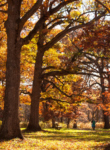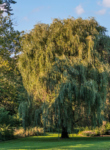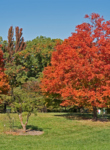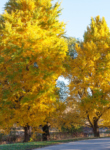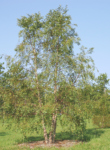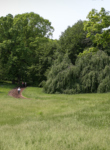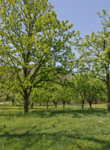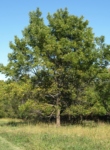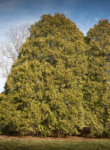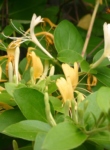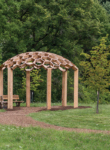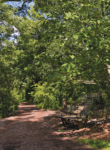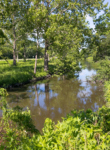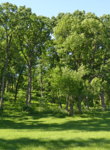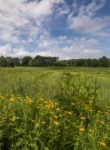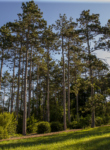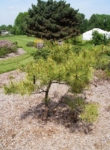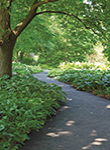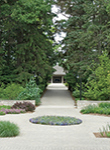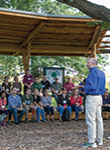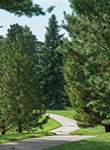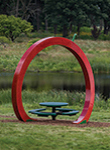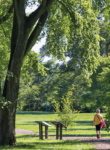Golden rain tree is a potentially invasive plant. An invasive plant is a plant species that is non-native to the location being considered and whose presence and spread negatively impacts (or is likely to impact) ecological, economic or human health.
Data collected at The Morton Arboretum show that golden rain tree is potentially invasive on the Arboretum grounds. This means that the species has established populations that often occur at considerable distance from the contributing collections plants and/or are growing in uncultivated areas on or outside of the Arboretum’s property, or the established populations may be consistently managed or controlled to prevent spread within the Arboretum.
Golden rain tree spreads by seed. It can grow in a variety of habitats and soil conditions. This tree is native to Asia, but was introduced to the U.S. as an ornamental tree. It is still sold in some locations. Golden rain tree can now be found growing wild in scattered locations throughout the eastern U.S., as well as in a few western states. Due to excessive seeding and a short germination time of only a few days, golden rain tree is able to spread quickly and shade out native species. This reduces species diversity and alters habitat.
There are a number of native and non-native species that could be used in place of golden rain tree. More desirable species may be found using the Search Trees and Plants page of the Arboretum website. Before purchasing or planting, be sure to check for any local or state guidelines on these species, and make sure that the plant is suitable for its habitat by checking its attributes at mortonarb.org or plants.usda.gov.
- Family (English) Soapberry
- Family (botanic) Sapindaceae
- Tree or plant type Tree
- Foliage Deciduous (seasonally loses leaves)
- Native locale Non-native
- Size range Medium tree (25-40 feet)
- Light exposure Full sun (6 hrs direct light daily)
- Hardiness zones Zone 5 (Northern Illinois), Zone 6 (City of Chicago), Zone 7, Zone 8
- Soil preference Moist, well-drained soil
- Drought tolerance Tolerant
- Other tolerances Alkaline soil, Dry sites, Occasional drought
- Season of interest midsummer, late summer, early fall, mid fall
- Flower color and fragrance Yellow
- Shape or form Round
- Growth rate Fast, Moderate





